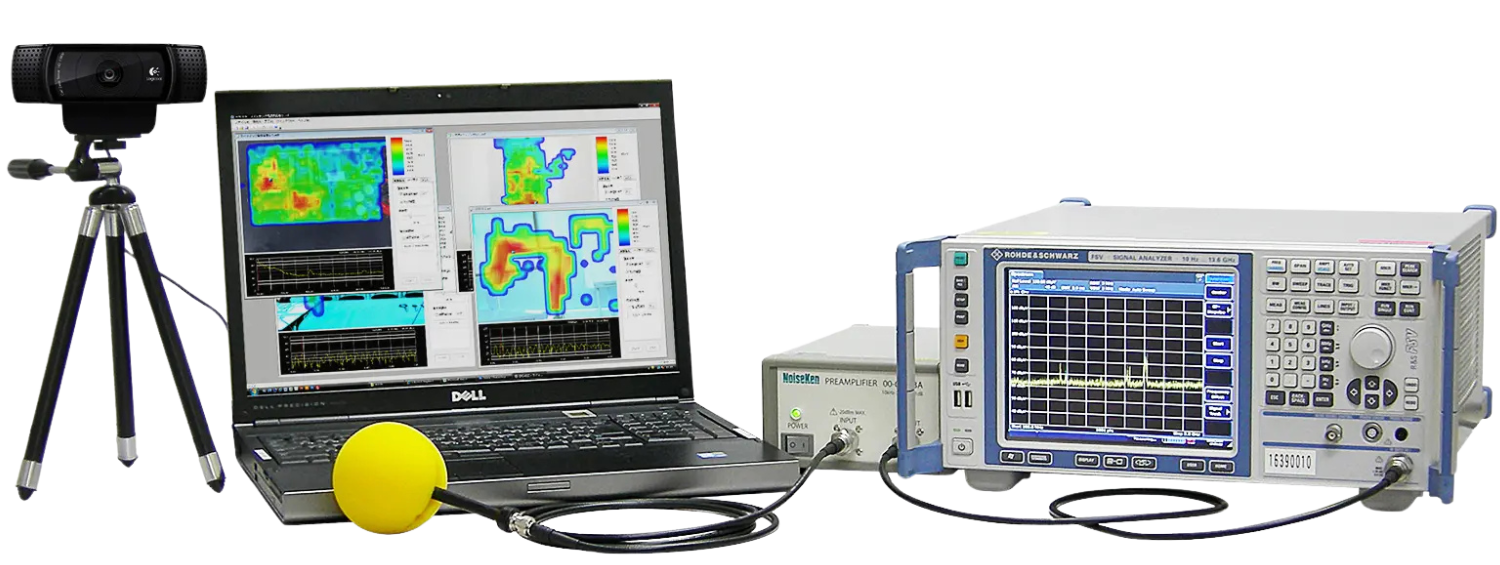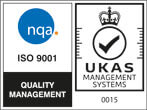Emission Measurement Equipment
How It Works:
- Sampling: A probe extracts a representative portion of the emission stream.
- Analysis: The sample passes through specialized analyzers that identify and measure specific pollutants, such as Carbon Monoxide, Nitrogen Oxides, and Particulate Matter (soot/smoke), based on their chemical or physical properties.
- Data Reporting: Results are processed, compared against government limits, and recorded. Large industrial systems are called CEMS (Continuous Emission Monitoring Systems).
Why We Use It
- Regulatory Compliance: To prove adherence to strict government emission standards, avoiding fines.
- Process Optimization: For combustion-based industries, measuring emissions helps engineers optimize fuel use for greater efficiency and lower operating costs.
- Air Quality/Health: To monitor and control the release of toxins, contributing to cleaner public air and better health outcomes.
















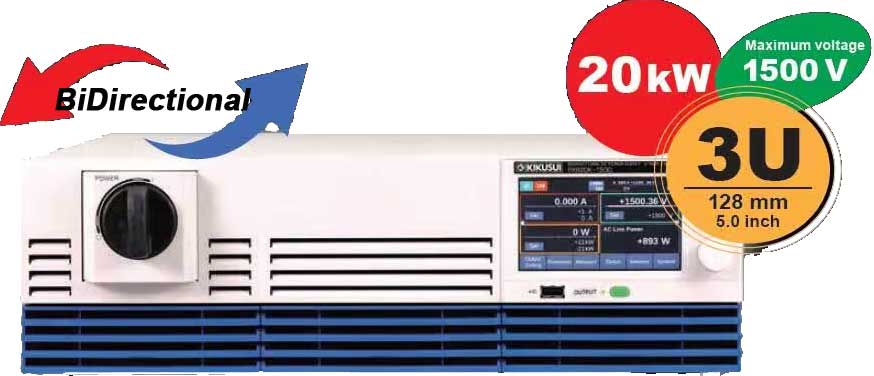





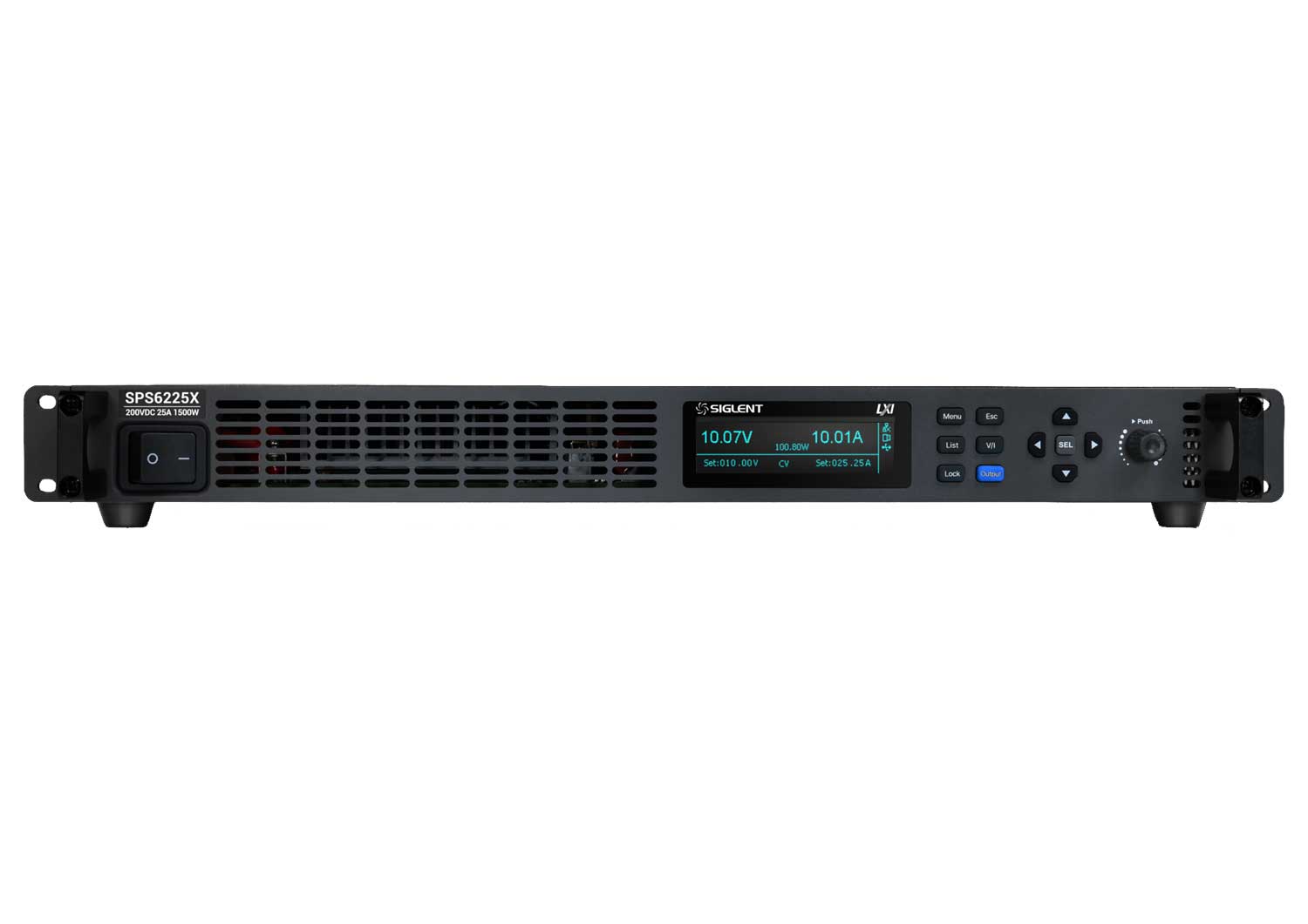

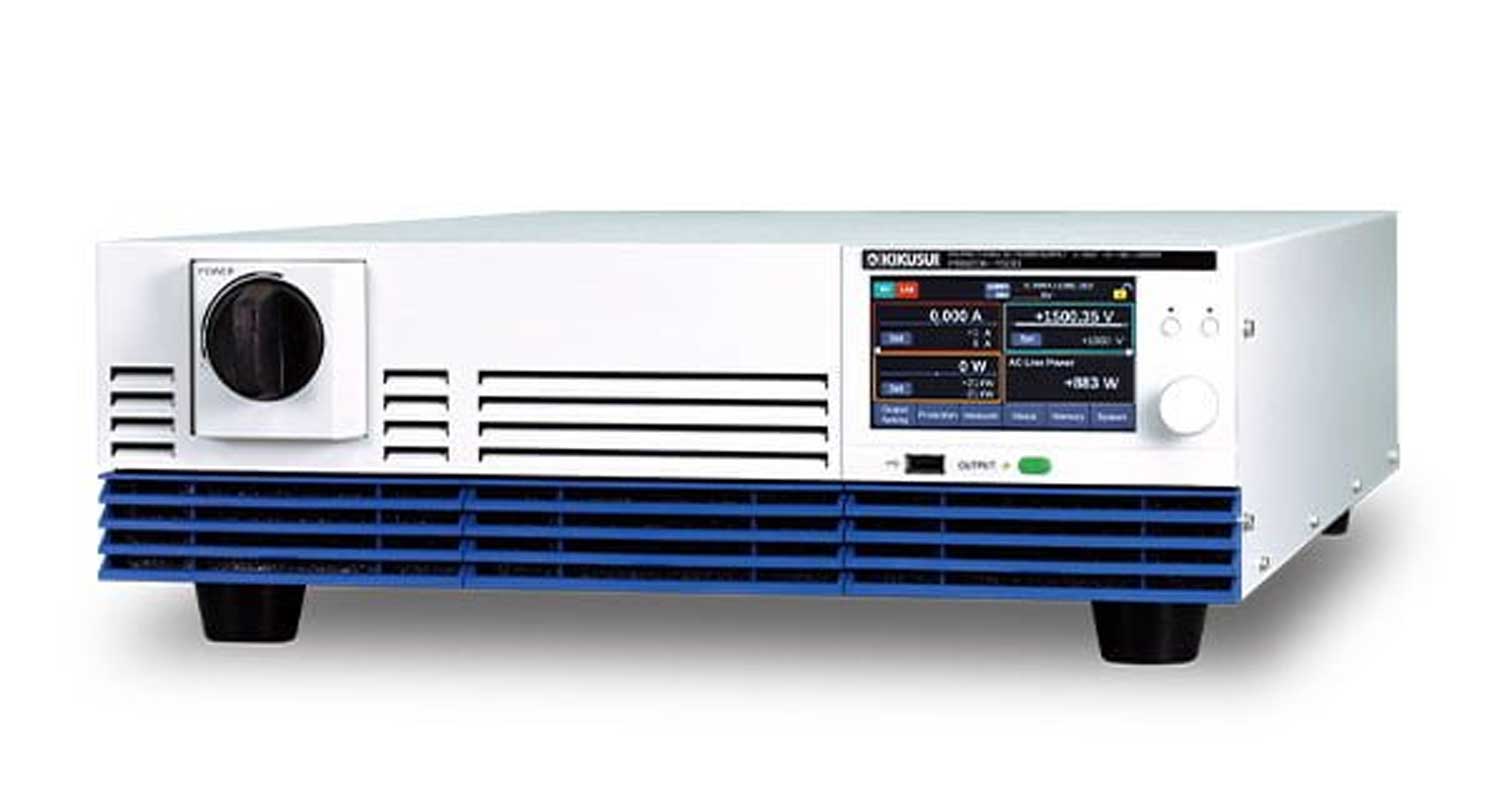










































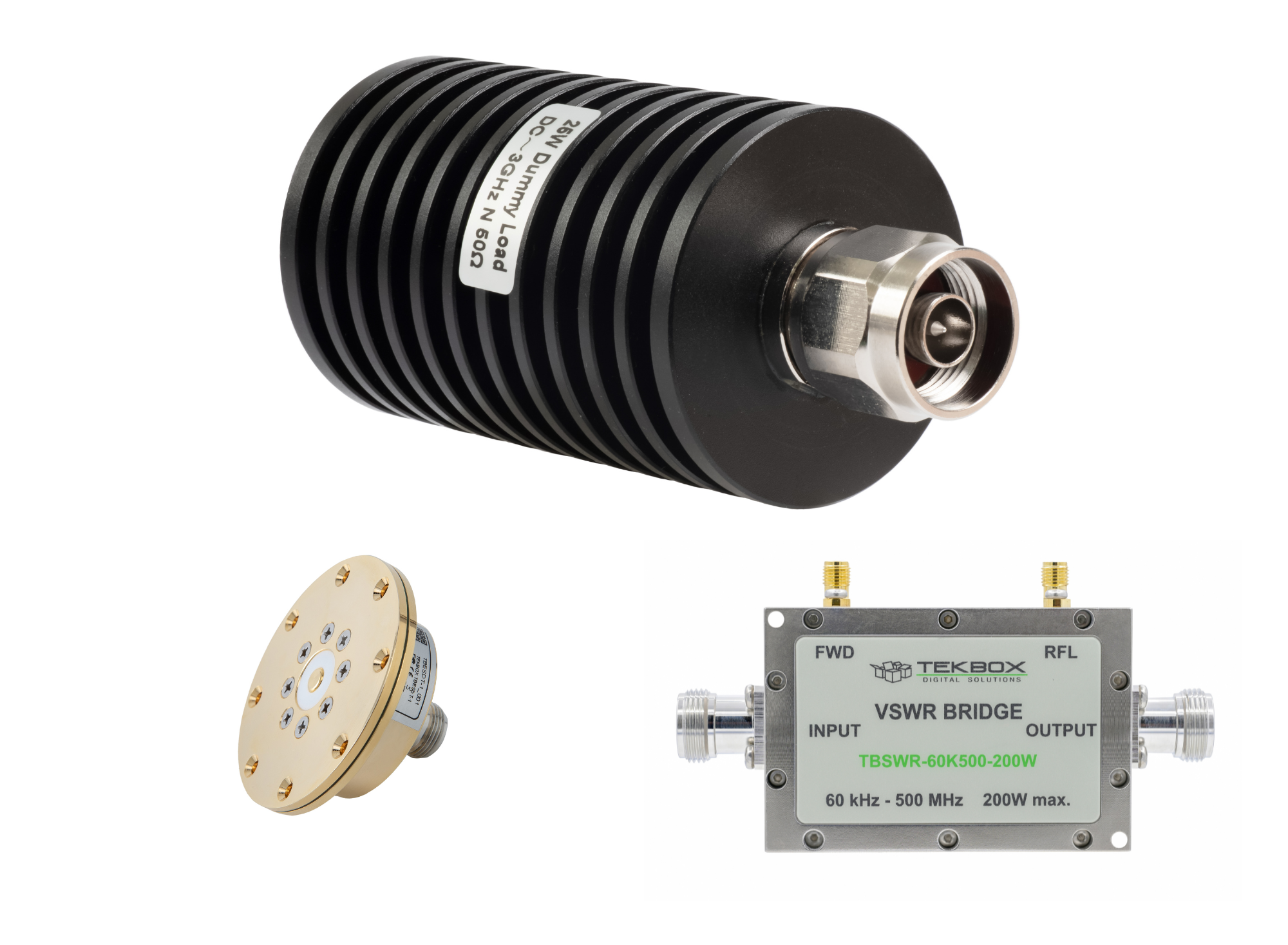




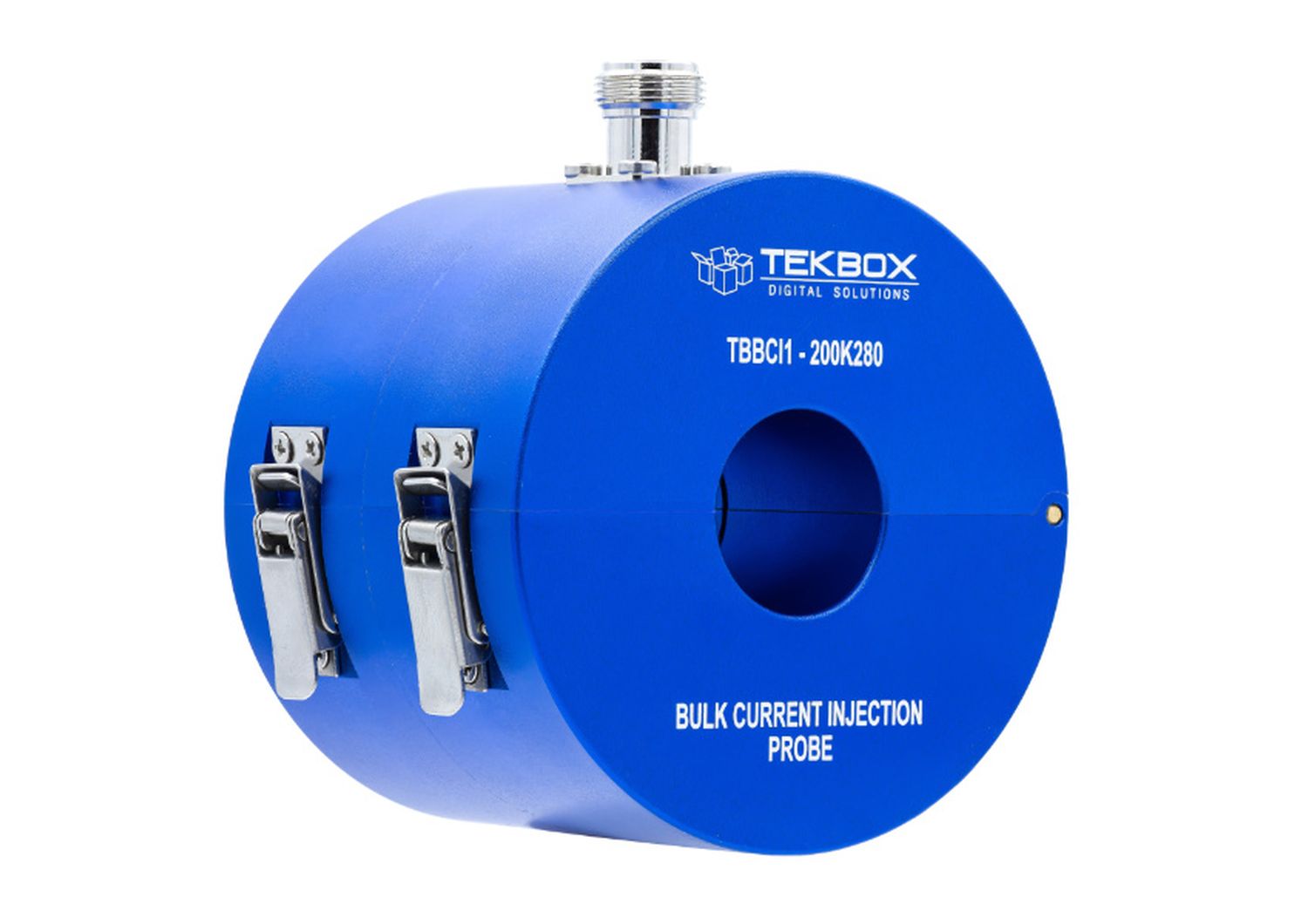






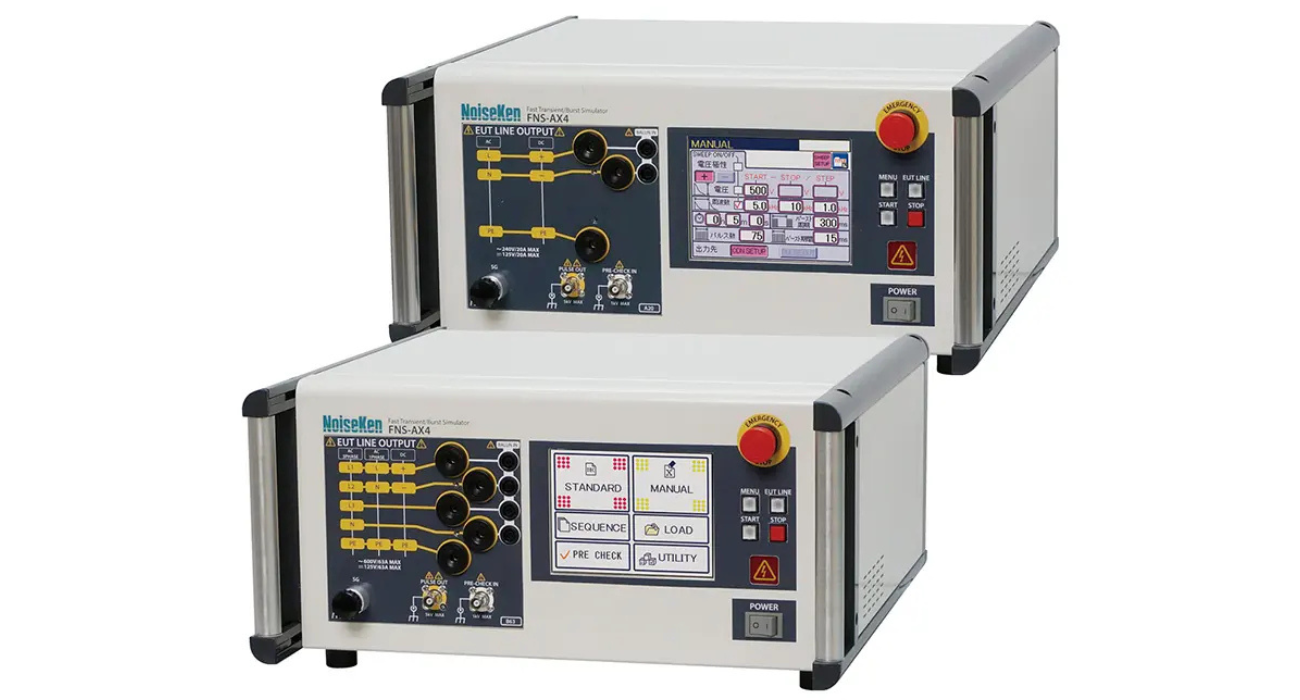
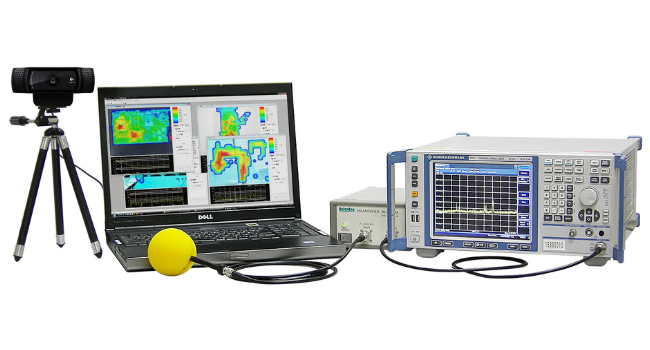















 FREE SHIPPING £75+
FREE SHIPPING £75+
 CELEBRATING 50+ YEARS
CELEBRATING 50+ YEARS
 PRICE MATCH GUARANTEE
PRICE MATCH GUARANTEE
